Every summer, regions worldwide face increasingly frequent heatwaves. In hot climates like the Middle East, Africa, and Southeast Asia, ground temperatures can exceed 50°C—yet outdoor LED displays often operate under direct sunlight, enduring far greater heat stress than humans can perceive.
| Risk | Impact |
|---|---|
| Chip Overheating | LEDs/ICs fail permanently above 85°C, causing dead pixels & color shift |
| Internal Condensation | Moisture corrodes circuits when ΔT >30°C + humidity >90% |
| Brightness/Color Decay | Uneven RGB decay → ΔE >5 after 3,000hrs (vs. industry ΔE<3 standard) |
| Lifespan Shortening | 30–50% lifespan reduction per 10°C temperature rise |

A holistic approach combining structural design, materials, smart controls, and engineering:
1. Optimized Thermal Design
Aluminum alloy cabinets: High thermal conductivity
Airflow channels: Vertical/horizontal vents for convection
Heat sinks/perforations: 30% larger surface area for passive cooling
External fans (for large screens): Active cooling boost
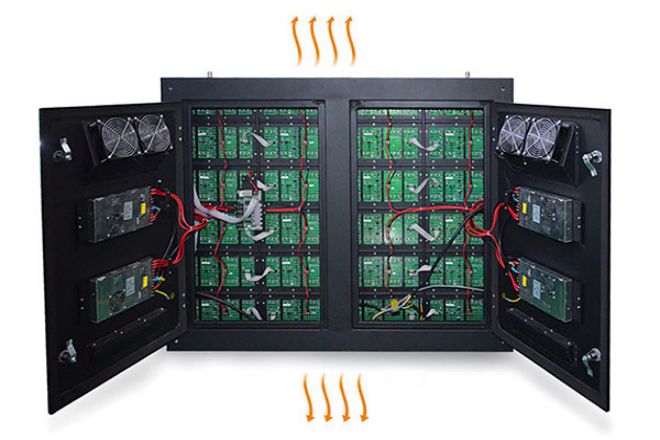
2. High-Temp Resistant Components
DIP LEDs (e.g., DIP570): Shorter thermal path vs. SMD, slower lumen decay
Thermal epoxy/glue: Protects against heat stress
FR-4 PCBs: Prevents warping at high temps
3. Smart Temperature Control
Real-time monitoring: Triggers cooling at 55°C threshold
Auto-brightness: Reduces power in extreme heat
Remote alerts: Preemptive failure warnings
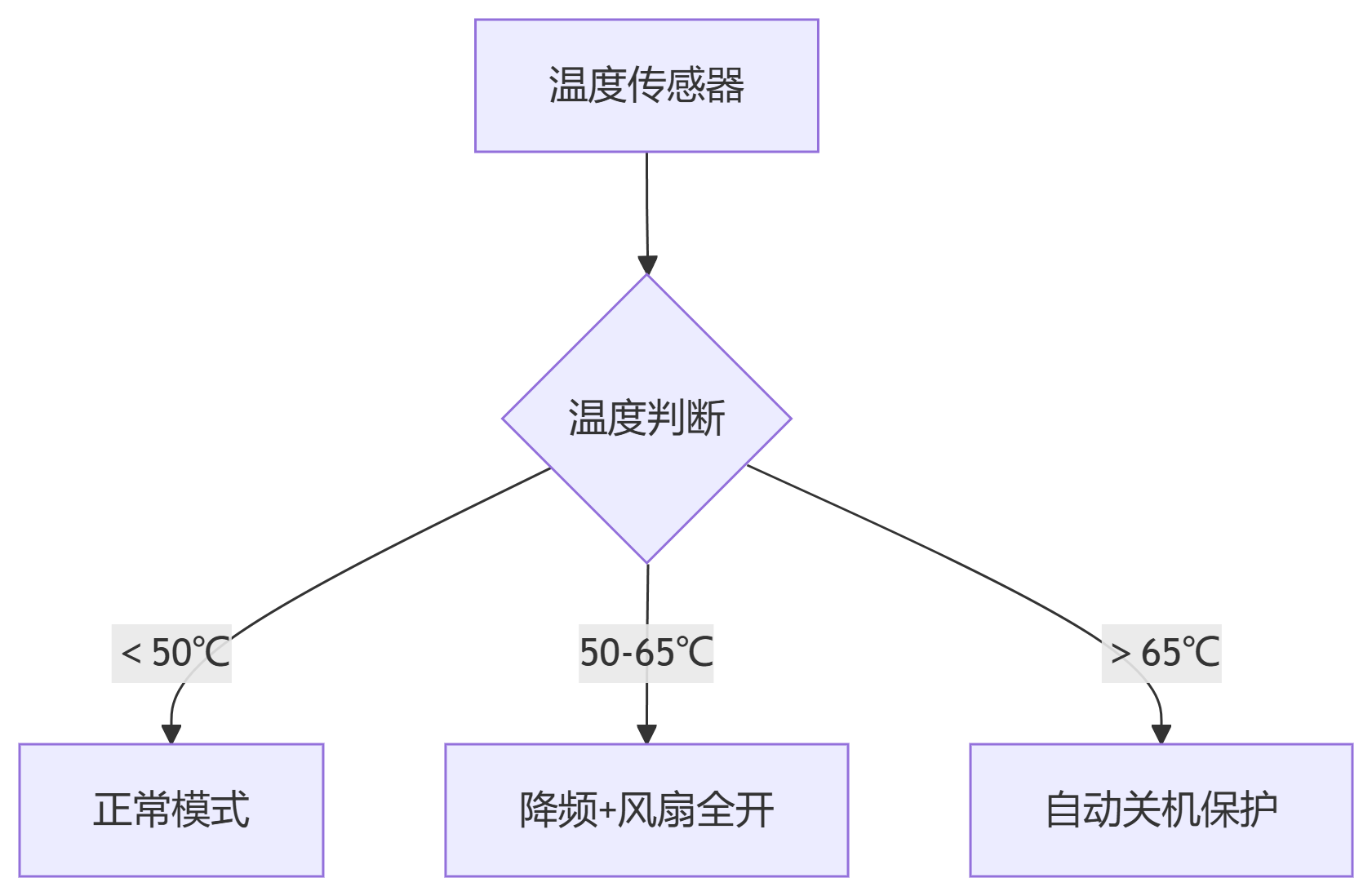
4. Rigorous Pre-Delivery Testing
Thermal cycling (-40°C to +80°C)
48hr burnout tests at full load
Solar radiation simulations
Avoid enclosed spaces (e.g., metal towers)
Ensure 2x display depth clearance for airflow
In deserts, consider auxiliary AC/heat exchangers
Choose high-efficiency LEDs (low heat, high brightness)
Inspect fans/power supplies quarterly for thermal wear
Exemplified by the A Pro Series:
✔ Triple-layer cooling (chip/module/cabinet)
✔ DIP570 LEDs: 10,000nits, UV-resistant, <3% decay @5,000hrs
✔ AI thermal management: Auto-throttles to prevent shutdowns
✔ Field-proven in UAE, India, Philippines
As heatwaves intensify, heat resistance is now mandatory—not optional—for outdoor displays. When evaluating screens for hot climates, ask:
Is the cooling design science-backed?
Are components high-temp certified?
Does it have smart thermal safeguards?
Has it passed real-world heat testing?
With the right protection, your display will shine on—no matter how high the mercury rises!
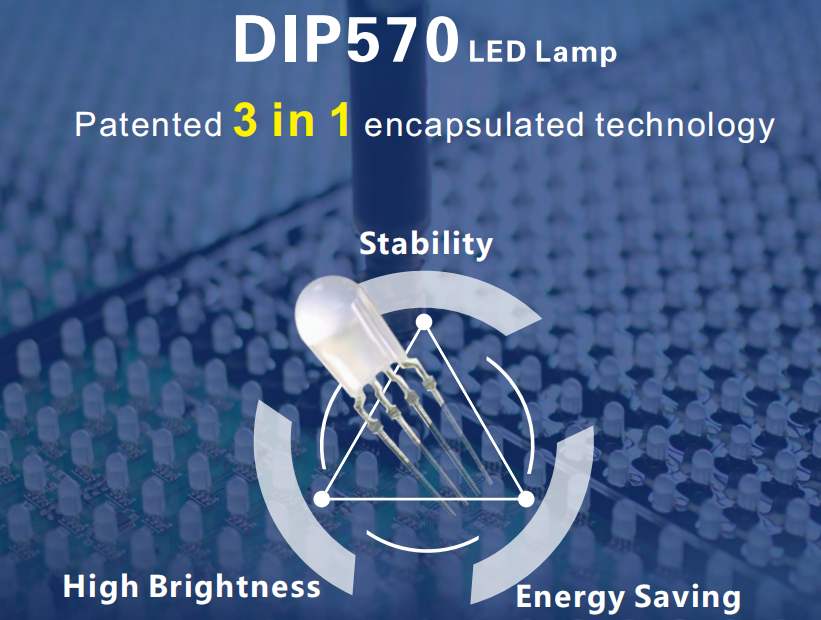








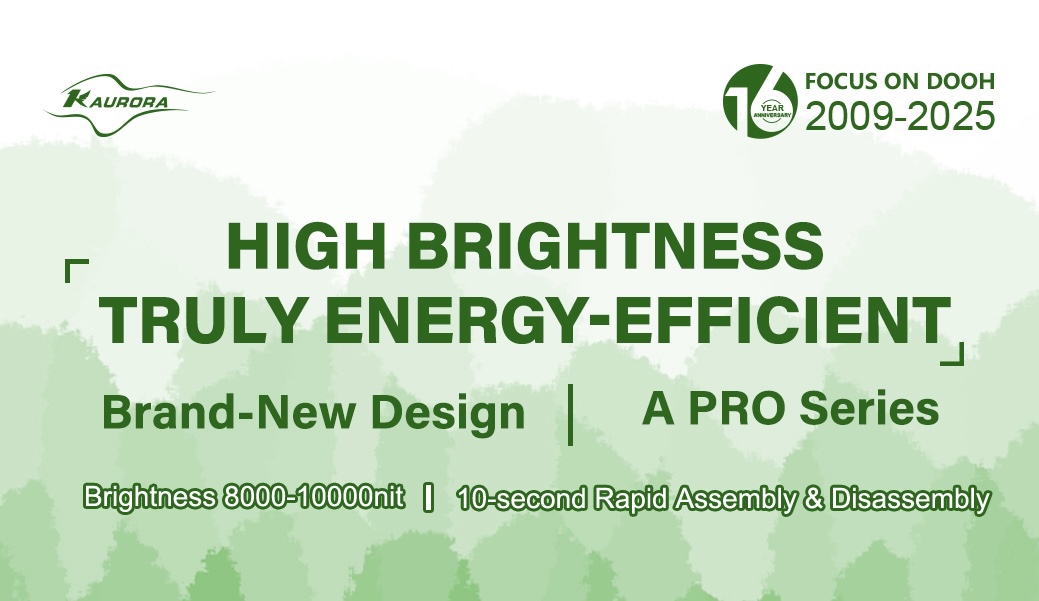
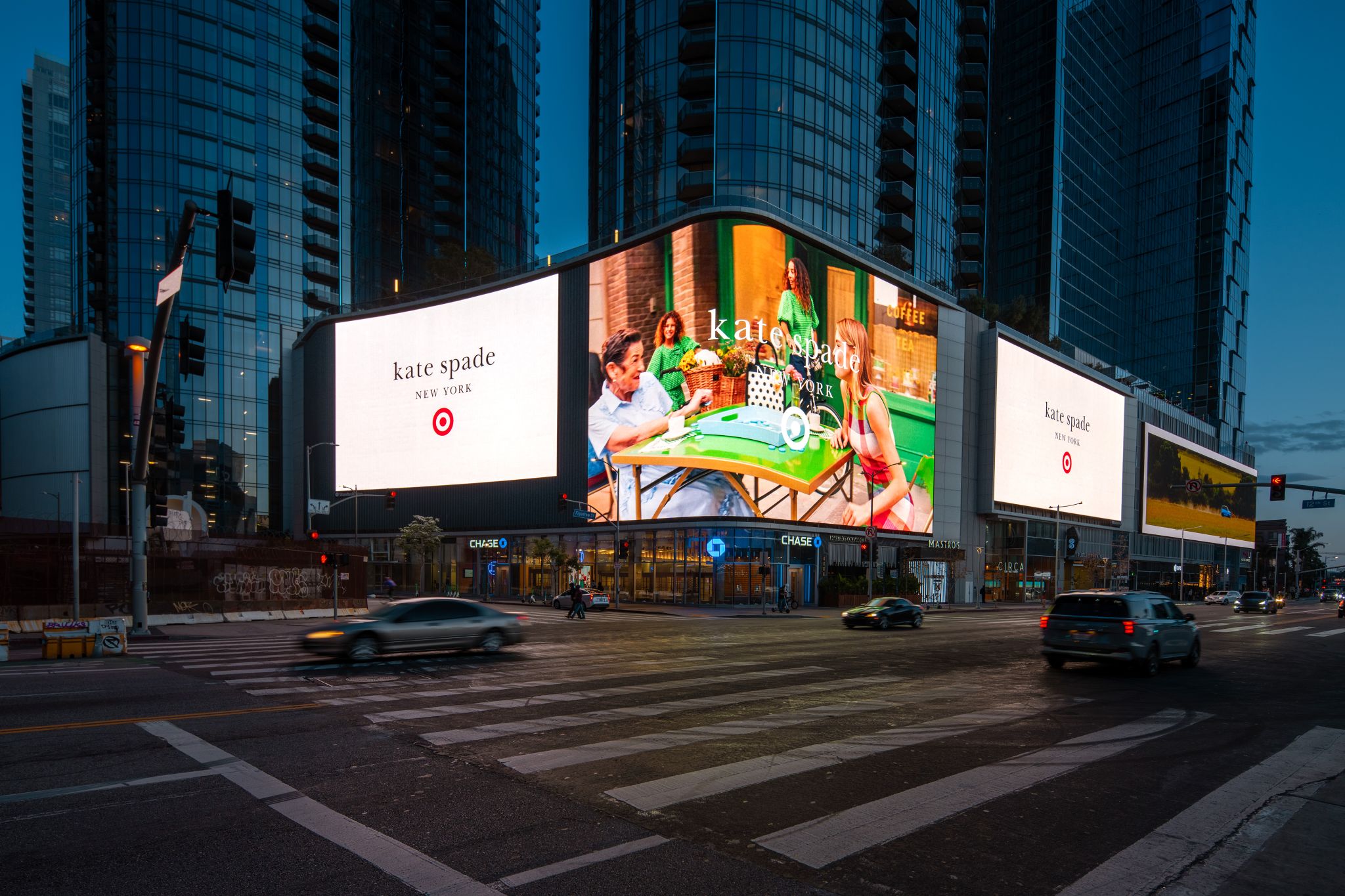

3th Building,Gaosite Zone Pingshan
New District, Shenzhen

sevice88@kingaurora.com
3th Building,Gaosite Zone Pingshan
New District, Shenzhen